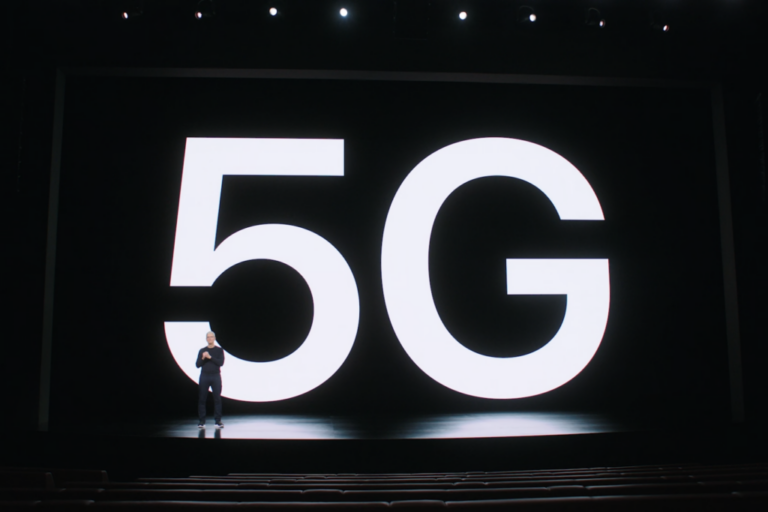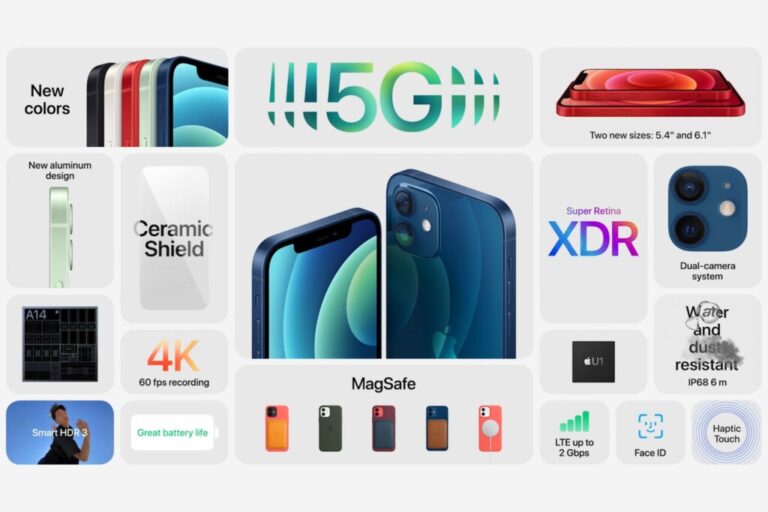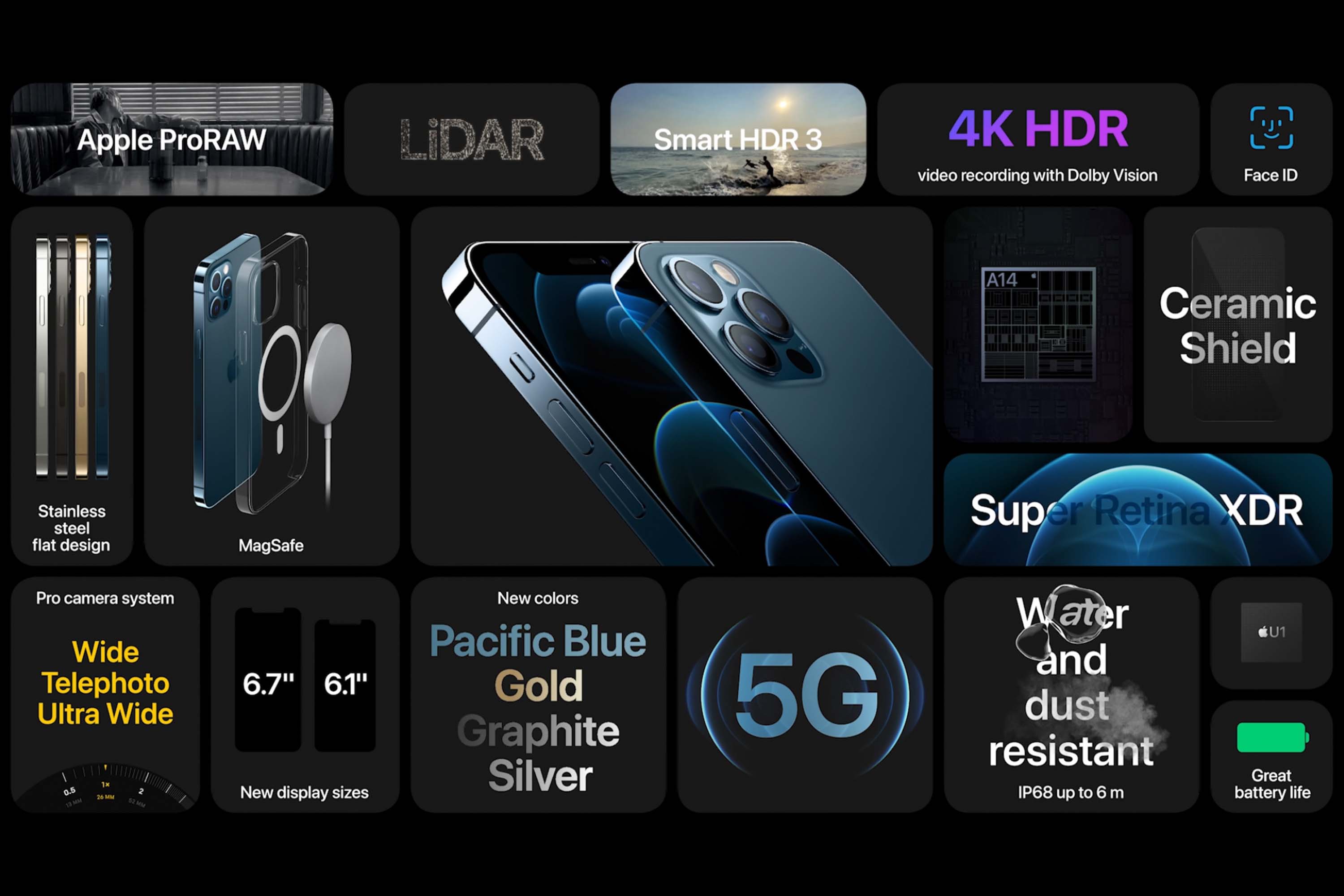Optus Mobile Review ALDI Mobile Review Amaysim Mobile Review Belong Mobile Review Circles.Life Review Vodafone Mobile Review Woolworths Mobile Review Felix Mobile Review Best iPhone Plans Best Family Mobile Plans Best Budget Smartphones Best Prepaid Plans Best SIM-Only Plans Best Plans For Kids And Teens Best Cheap Mobile Plans Telstra vs Optus Mobile Optus NBN Review Belong NBN Review Vodafone NBN Review Superloop NBN Review Aussie BB NBN Review iiNet NBN Review MyRepublic NBN Review TPG NBN Review Best NBN Satellite Plans Best NBN Alternatives Best NBN Providers Best Home Wireless Plans What is a Good NBN Speed? Test NBN Speed How to speed up your internet Optus vs Telstra Broadband ExpressVPN Review CyberGhost VPN Review NordVPN Review PureVPN Review Norton Secure VPN Review IPVanish VPN Review Windscribe VPN Review Hotspot Shield VPN Review Best cheap VPN services Best VPN for streaming Best VPNs for gaming What is a VPN? VPNs for ad-blocking The problem is, Australians can’t take advantage of it yet. The Australian 5G rollout is still in its infancy. If you looked at a coverage map, you’d see there are healthy pockets of Telstra, Optus, and Vodafone coverage in a few metropolitan hubs but, it’s still got a way to go. Even in areas with coverage, it’s not entirely reliable (at least in our experience). No cheaper 4G option could be seen as anti-consumer if the new iPhone 12 pricing wasn’t almost entirely in line with what Apple charged the same time last year for its iPhone 11 range. (Side note: Apple also announced a modestly priced HomePod Mini at the same event). And while there’s still no place for the term ‘cheap’ in the same sentence as ‘iPhone’, Apple has held off on requesting a literal arm and leg for another year. All of this is to say, if you’re upgrading your iPhone this year, you’re getting 5G, whether you like it or not. But does it matter? Not really. Actually, not at all. We’re talking about a difference between 3.5Gbps (stupid fast) in Australia and 4Gbps in the U.S. (slightly more stupid and fast). If you manage to crack even 3Gbps on your 5G iPhone over the next three years, hats off to you. As our friends over at WhistleOut have pointed out, that’s already 30 times as fast as the maximum speed of an NBN 100 connection (and three times as fast as gigabit NBN 1000, which is only available to a select few Australians). There’s also the fact that there’s no use for an mmWave 5G iPhone in Australia yet. There aren’t any Australian 5G networks that use mmWave as it stands, and it’s not likely there will be for another one, two, maybe three, years. Telcos like Telstra and Optus will begin bidding on access to mmWave technology at the start of 2021 but once the agreements are in place and the cashola has traded hands, it’ll still take time to get the upgraded network up and running. Remember when Optus announced 4G Plus, and Telstra 4GX? Yeah, you can probably expect the same marketing cycle to land once the next step in 5G technology lands.
Then there’s the upgraded A14 Bionic processing chip, which Apple calls the fastest smartphone chip on the market. And the software boons that chip allows for, like computational photography and better battery optimisation (which will be essential for 5G use). There’s also some sweet kit available thanks to the MagSafe tech each iPhone 12 has. Essentially, it lets you attach wireless chargers and accessories (like phone wallets and cases) magnetically. Lastly, and most importantly, the iPhone 12 has something called ‘Smart Data’ mode, which allows the iPhone 12 to analyse the phone’s tasks and behaviours so it only uses 5G when necessary. If the task you’re performing doesn’t require a super-fast 5G connection, the iPhone 12 will shut it down, prioritising battery over performance. Smart Data mode is like the Starfleet captain that redirects power to the necessary resources only where they’re needed, balancing priorities to optimise speed, power, and battery life. Our early experiences with 5G have been an almost unworkable drain on battery life, so ‘Smart Data’ could be the key to feasible 5G if it does what it says on the tin. The iPhone 12 is not a tough sell if you’re rocking the iPhone 8 or below, and its pricing makes the iPhone 11 a less-than-ideal proposition. There’s an argument to be made for the cheaper 4G iPhone SE, but if you plan on keeping your handset past the typical three-year cycle, it’s probably best to be 5G ready. How else are you going to download “dope skins” in League of Legends: Wild Rift?


